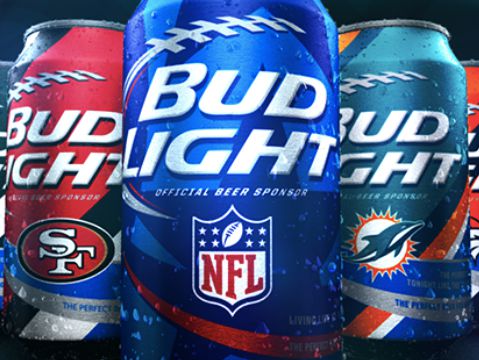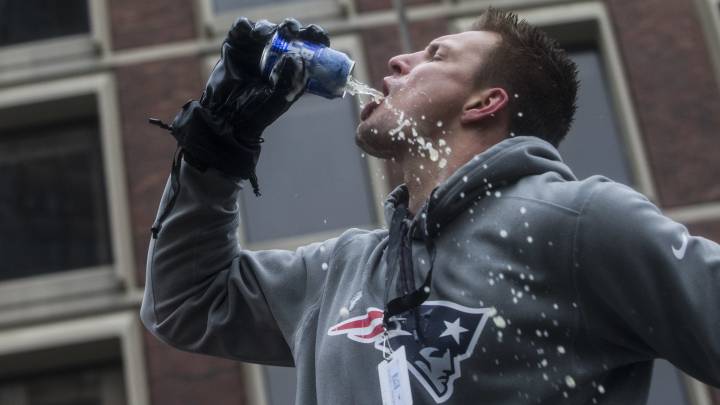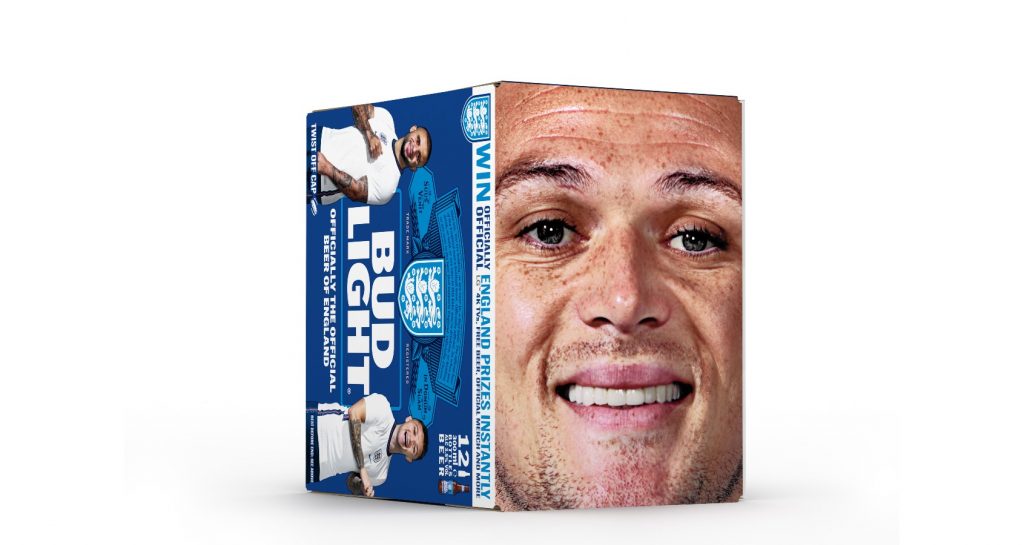

Similarly, the amateur code became increasingly difficult to enforce, because, as historian John Sayle Watterson observed, “the war had introduced so many exceptions.” The exceptions confused coaches and players alike, and seemed to encourage “cheating.” Nearly twenty years after the Carnegie Report, American college athletics remained largely in violation of amateurism and without much regulatory oversight. The relative freedom of the postwar era intensified the recruitment efforts and subsidy bidding war for veteran players.
#Bud light touchdown club free#
Should their playing time before the war count? Are they free to transfer to new institutions without penalty? The answer to these questions – no and yes, respectively – had the potential to radically alter the postwar intercollegiate athletic landscape. The arrival of veterans on campus and their interest in athletics pushed athletic administrators to consider the status of their eligibility. Some veterans already had college football experience prior to the war or in a V-12 program, and sometimes both. Bill paved the way for returning veterans to attend college. Just as commercial radio broadcasts offered an infusion of money to keep athletic departments afloat during the Great Depression, Navy V-12 programs recruited and subsidized college football players during the war.Īfter the war ended, another crisis loomed. These programs encouraged the maintenance of a normal college life, and permitted officers to partake in intercollegiate sports during their training. The teams that survived benefited from a new kind of subsidy: the Navy’s V-12 Officer Training Programs. At many colleges, sports teams all but disappeared as the nation’s able-bodied men went off to war. The Second World War offered another opportunity to rethink college athletics.

Griffith’s strategy focused on using commercial radio to infuse cash into athletic departments, saving them from budget cuts. Big Ten Commissioner, Major John Griffith, who, like Warner, considered himself a reformer, sought a “survival strategy” to preserve college football. Instead, economic necessity led to innovation and further commercialization.

But, football’s New Deal never came, at least not how Warner envisioned it. Despite this failure, Pop Warner believed that the stock market crash, which occurred six-days after the Carnegie Report was published, and the ensuing Great Depression might be a “blessing in disguise.” Using the language of the period, he explained that the economic crisis would provide the impetus for “a new-deal code to restore normal, sane conditions to college and school athletics, and to football in particular.” Warner envisioned reform as an economic necessity. Without a framework to punish violators or enact change, the Carnegie Report failed to curb the commercialization and overemphasis of college athletics. Recruiting joined subsidies as an evil to be rebuked and remedied in the report because both reflected, and often resulted in, the overemphasis and commercialization of college athletics. They were all considered subsidies by the study, and viewed as antithetical to amateurism. Furthermore, it did not matter whether they came from university officials, coaches, or alumni.

This ranged from scholarships, free meals, or books to cash payments, loans, and on-campus jobs. Most institutions embraced some type of subsidies, which the study defined as any form of payment or compensation given to a student because of their participation in athletics. While the possibility of change was undoubtedly there, it was not at all likely. The three-hundred-plus page study optimistically noted that 28 of the 112 colleges it studied sponsored intercollegiate athletics without offering “subsidies,” hinting that change was possible. The most notable of these was the 1929 Carnegie Report on “American College Athletics,” which gathered data hoping to better understand intercollegiate sports in order to reform them. Idealistic reformers set their sights on limiting the influence of alumni boosters – such as Oklahoma’s Touchdown Club – and returning control to college presidents and faculty members.
#Bud light touchdown club series#
Since the sport’s beginning, a nearly continuous series of reform efforts had tried to “clean up the game,” restore “sanity,” and preserve an idyllic portrait of football as a collection of college boys enjoying an autumn Saturday afternoon. Questions and concerns over amateurism, athletic scholarships - or “subsidies” as they were referred to then, - and the place of sports in the modern university continued to percolate through conversations about college football. The True magazine article appeared at a critical time not just for Oklahoma – who was closing in on the program’s first national championship – but also the NCAA.


 0 kommentar(er)
0 kommentar(er)
